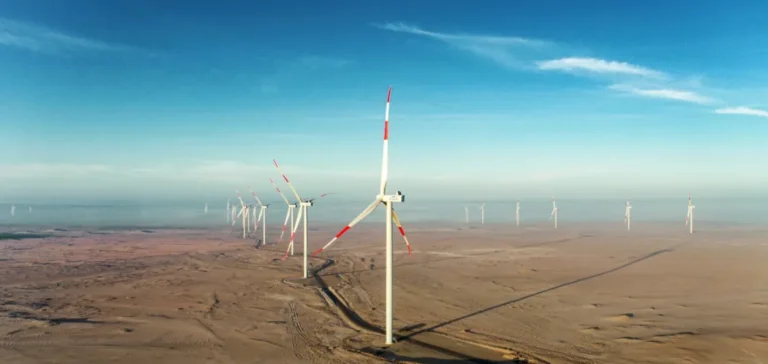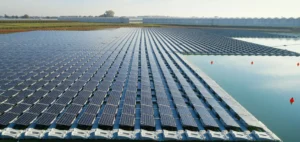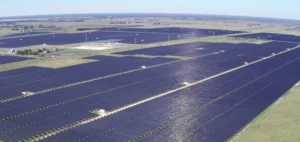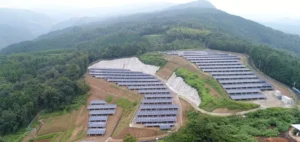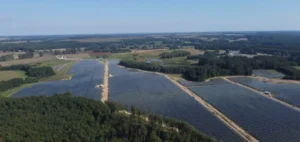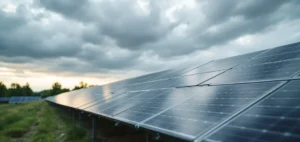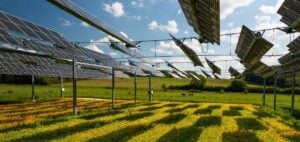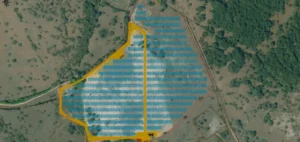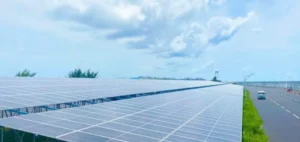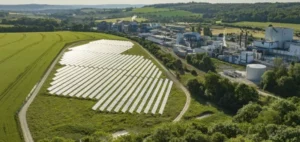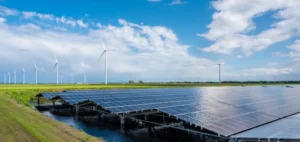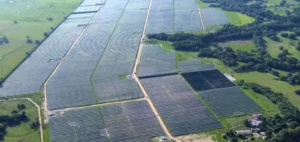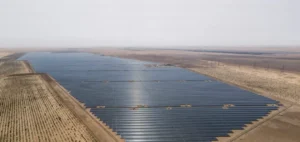The International Finance Corporation (IFC), a member of the World Bank Group, has approved financing of up to $600 million for ENGIE Energía Perú. This corporate loan, structured in several tranches, aims to support the development of new generation capacity and energy infrastructure in the country. The first tranche, amounting to $120 million, takes the form of a green and sustainability-linked loan, in line with standards set by the Loan Markets Association (LMA) and the International Capital Market Association (ICMA).
Fund allocation and related projects
The funds will finance three main initiatives: the construction of the Central Expansión Solar Intipampa solar plant in the Moquegua region, with a planned capacity of 51.7 MW; the refinancing of the Duna and Huambos wind farms in Cajamarca, totaling 36.8 MW; and the implementation of part of the Chilca-BESS battery energy storage system (26.5 MW), integrated into the ChilcaUno thermal power plant. These projects combine asset construction, modernization of existing facilities, and development of flexibility solutions for Peru’s power grid.
Performance indicators tied to financing
The loan is linked to three key performance indicators (KPIs): increasing the share of renewable energy in ENGIE Energía Perú’s total installed capacity, implementing climate adaptation plans specific to each site and asset, and increasing female representation in management positions. These KPIs determine compliance with contractual commitments and may influence the terms of the financing.
Industry outlook and positioning
ENGIE Energía Perú currently operates a portfolio where renewable energy accounts for around 30% of total production and has a development pipeline exceeding 1,600 MW. This new capital injection strengthens the company’s ability to advance multiple projects simultaneously while meeting local and international standards for risk management, resource efficiency, and operational safety. For the IFC, the transaction fits within a broader strategy to support players capable of diversifying energy production in high-growth markets.


